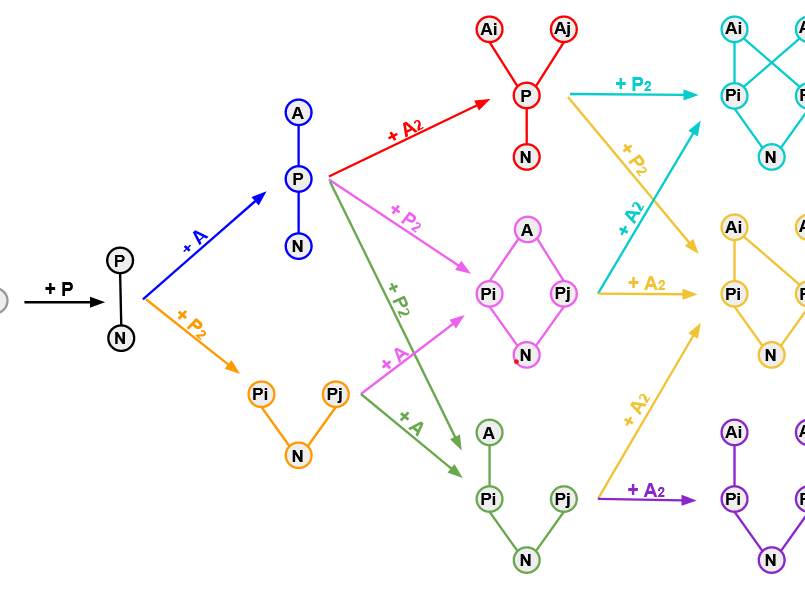12.03.2024: Tanner Duley (Univ. Kalifornien, Los Angeles): The emergence of community structure in mutualistic interactions: a mechanistic exploration, HS 32.01, Institut für Biologie, Bereich Pflanzenwissenschaften, Holteigasse 6, 17.00 Uhr
Recent years have seen an intense interest in linking the topological structure of mutualistic communities with their dynamical and stability properties. Many studies have found plant-pollinator/seed disperser communities to exhibit a nested structure in which specialists tend to interact strongly with generalists and only weakly with other specialists. Theory associated with these observations has shown that nestedness may increase coexistence by lessening competitive impacts between species. However, these results are not unequivocal for all mutualistic communities. In particular, the structure of plant-mycorrhizal associations remains poorly understood. The unique biology of these systems is hypothesized to preclude the formation of specialist-generalist interactions, the key precondition for nestedness. Despite the crucial role they play in supporting nearly all terrestrial plant communities, theory on both the topological structure and dynamics of below-ground mutualistic communities has lagged behind that for their above-ground counterparts. My dissertation research aims to address this key gap in our knowledge through the development of a novel theoretical framework that connects community structure with the underlying interaction dynamics. I develop mechanistic models that combine the facilitative element (e.g., plant nutrient uptake aided by fungi) and the antagonistic element (e.g., plant carbohydrate consumption by fungi) inherent in the interaction and include explicit nutrient-plant interactions via a mass balance constraint. I parameterize the models with empirical data from the literature and use simulations to investigate (1) the dynamical properties of plant-mycorrhizal interactions and (2) how plant-mycorrhizal community structure arises as a consequence of these dynamics. I report three key findings. First, the dynamics of facultative plant-mycorrhizal interactions are more likely to resemble consumer-resource interactions than classic mutualisms. Second, whether a given interaction exhibits antagonistic or facilitative dynamics is strongly affected by soil nutrient availability, with nutrient density changes often inducing dynamical regime shifts. Third, the balance of consumption and facilitation within and between individual interactions determines which structures arise through the assembly of plant-mycorrhizal communities. These results carry important implications for both restoration and agriculture, and provide a new framework for interpreting existing observations of community structure.
